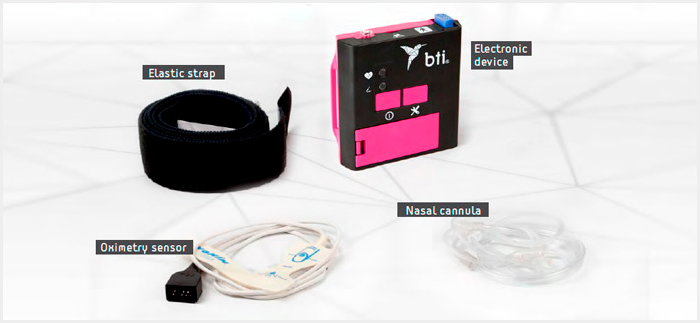Snoring and Obstructive Sleep Apnoea management
Snoring and obstructive sleep apnoea are serious and life-long medical condition that can impact every aspect of your life. It can affect your sleep, health and quality of life. It has been linked to hypertension, diabetes, heart disease, work and driving related accidents and stroke. These are very common pathologies (it affects more than 40% of the population)
Causes
During sleep, muscles relax, including those that control the tongue and throat. The soft tissue at the back of throat can sag, narrowing and constricting the airway. Some people have genetically predisposition and other have atrophy of the tissues in your airway due to mouth breathing
If you or a loved one have symptoms such as snoring, excessive daytime sleepiness, pauses in breathing or teeth grinding while sleeping, treatment is essential.
If you are not sure, please do Apnoea Risk Evaluation Screening test , which is a simple questionnaire; have one of our APNia test or ask your dentist or GP to be referred to a sleeping clinic.
Thanks to APNiA® the patients with mild and moderate apnoea can be diagnosed and treated in dental clinics using personalised splints. It is also useful for patients with severe apnoea who reject or do not tolerate treatment with CPAP machines, provided by sleep units, or to establish combined treatment.
Normal situation

The air enters and leaves through the airways normally.
Snoring

The narrowing of the space between the palate and the tongue causes vibration when air passes (snoring) and/or partial obstruction of the airway (hypopnoea).
Sleep apnoea

Total obstruction of the airway. The space between the tongue and palate closes completely and prevents air from passing.
Why treat this at a dental clinic?
Recently published studies show that there is a direct relationship between bruxism and sleep apnea, so dentists become the first port of call for the detection of sleep apnoea and also the first port of call for the diagnosis and treatment of mild-moderate cases.
Diagnosis
The APNiA® system is the only one on the market that allows diagnosis by using the devise in your own home. This device detects 5 different information channels while the patient is sleeping: respiratory flow, oximetry, heart rate, body position and snoring.
The device is comfortable and easy for the patient to put on at home, adjusting the nasal cannula and pulse oximeter on the index finger.

The device software lets you know simply, reliably and fully automatically whether the pathology is present and its level of severity.
Intraoral Device
There are different devices in the market that we use, mostly Somnomed and APNiA® Intraoral Device (DIA by BTI). Both are a splints for both jaws connected in different ways and in different materials that will aim to keep your airway open by not allowing the lower jaw to go to a posterior position. Our professionals will be able to advice depending on your case
Contraindications
- have central sleep apnoe
- have severe respiratory disorders
- have loose teeth or advanced or active periodontal disease
- are under 18 years of age
Warnings
Use of the device may cause:
- tooth movement, change in dental occlusion or in jaw relations
- gingival or dental soreness
- pain or soreness to the temporomandibular joint
- obstruction of oral breathing
- excessive salivation







